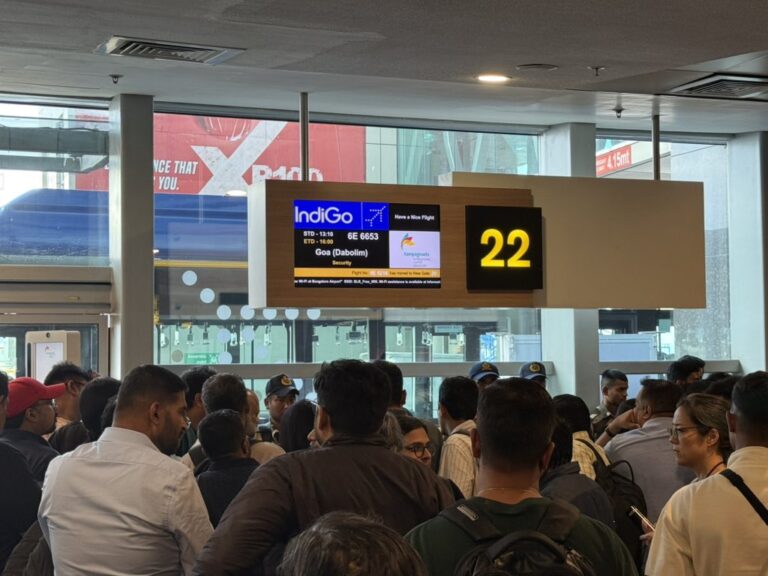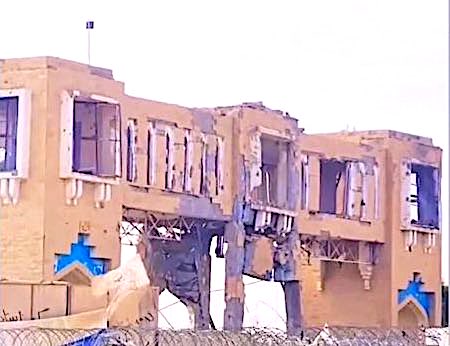
Addis Ababa/New York/Nairobi: The continued escalation of hostilities in the northern part of Ethiopia, including new airstrikes by the government forces over the weekend in Tigray, has worsened the situation there.
The air strikes and the escalation of the conflict, in general, have had major consequences, as not a single truck, as well flight, with the much needed humanitarian aid has been able to get into Tigray since October 18, 2021.
There are around 7 million people in northern Ethiopia in desperate need of humanitarian assistance. That includes over 5 million people in Tigray region, and the other 2 million are split between Amhara and Afar. In Tigray, according to estimates of the aid workers on the ground, 400,000 people are facing “catastrophic” food insecurity.
There are many people who have been displaced. Of those, many have been displaced from their home, more than once have been forced to flee, are without shelter.
Fighting reportedly continues in multiple locations in Amhara, leading to the displacement of thousands of people. On October 24, 2021, two airstrikes were reported on a textile factory in Adwa Town, which is in the Central Zone in Tigray, and in May Tsebri, a town in the North Western Zone of Tigray. According to reports, three civilians were injured in the airstrike in the town of May Tsebri.
“Our colleagues on the ground are verifying the details of the airstrikes and the impact on civilians,” Stéphane Dujarric, Spokesman for the United Nations Secretary‑General, António Guterres, said in New York.
He informed that the humanitarian flights to Tigray and other regions in northern Ethiopia remain suspended.
“We continue to remind all the parties involved in this conflict of their obligations under international humanitarian law to protect civilians and civilian infrastructure. We also continue to call on all parties to the conflict to facilitate the free and sustained movement of humanitarian workers and supplies in Tigray, Afar and Amhara” Dujarric said.
Also read:
- Airstrikes in Tigray compel UN relocate over 100 staff
- Ethiopia proving to be an embarrassment to the United Nations
Last Friday (October 22, 2021), a UN humanitarian flight that departed Addis Ababa in the morning was forced to turn back in the midst of its flight after air strikes began in Mekelle. “Obviously, operating flights in an area… even if Tigray’s a rather large area, but an area where there are… there’s an act… as we’ve seen, there are active air strikes, as we’ve seen a number of them in the last few days, is a rather dicey proposition. So, until we get the clearances we need and we get the safety environment that we need to operate, flights have yet to resume,” Dujarric said.
However, Gemma Connell, who is the head of the Office for the Coordination of Humanitarian Affairs (OCHA) Regional Office for Southern and Eastern Africa, and covers Ethiopia, confirmed rom Nairobi (Kenya) that the Ethiopian Government was informed of that flight before it took off. She said the Government also confirmed that the flight was forced to turn back in mid-air because of the events on the ground. “While we’re still ascertaining all of the facts in relation to this event, and what it means for humanitarian operations in northern Ethiopia moving forward,” she said.
Connel asserted, “we are not giving up.” In Tigray, she informed, there are many UN staff who have remained on the ground even when they have to be in bunkers. “They are still there, and they are still completely dedicated to delivering the assistance that is required,” she said.
Outside of Tigray, she said the UN humanitarian workers were continuing to work every single day to scale up our operations on the ground in Amhara and Afar. “More than 700,000 people have been reached with food assistance in those two regions since August, and that shows you how hard we are working every single day to make sure that people, wherever they are, whoever they are, if they are in need of life‑saving assistance, we are trying to reach them,” she said.
“We have rates of acute malnutrition that are rising every day and not just among children. Nearly half of the pregnant and lactating women in Tigray are also now acutely malnourished, and those of you who are women in the room and those of you who have been pregnant or breast‑fed know exactly what that means, which is that there are consequences for the mother and the child. So, every time we talk about these figures, we have to centre them on the people that we are referring to, and these are people in northern Ethiopia who have been desperately affected by this conflict,” she said.
Humanitarian workers are facing major challenges, delivering the life‑saving assistance that is urgently required on the ground in northern Ethiopia. In Tigray, only around 15 per cent of the trucks that should have reached Mekelle have reached Mekelle since the middle of July, 2021. “That is absolutely inadequate. We have to be getting more aid supplies in, and we have to be getting every aid supply in that is required. That includes, most importantly right now, the fuel that we need to deliver the assistance. If we are without fuel on the ground inside of Tigray, we are unable to move the vehicles that are required to get life‑saving assistance to people’s hands and into their mouths. So, fuel has to move,” Connel said.
As of October 22, there were 14 trucks of fuel that were in Semera in Afar region, waiting to move to Mekelle. “We desperately need those fuel trucks to move, because we need that fuel on the ground to fuel literally the humanitarian operation,” Connel said.
Lack of fuel has emerged as one of the biggest challenges before humanitarian workers which has not only hampered their movements, but also compelled them to prioritise the incredibly limited supplies of fuel for the “most urgent” tasks.Because of lack of fuel, the humanitarian teams that go out to do community screening such as how many children in a community are facing malnutrition, those teams right now are unable to move.
Besides cash too is a major problem as without cash on the ground in Tigray, the UN humanitarian staff and their families are unable to get themselves the food that they require to continue on their own lives while, at the same time, serving others. And beyond that they also need aid supplies, 90 trucks a day of food, and another 10 trucks every day of other items, essential medicines, nutritional supplies, all of the other things that is required to save lives inside of Tigray.
Approvals from the Federal Government, that differs on the basis of different supplies, have impacted the supply of essentials by trucks to Tigray. Besides, checkpoints along the route have also turned out to be bottlenecks. As Connel mentioned, many a times the trucks with permission from the Federal Government were stopped at a checkpoint particularly in areas that remain within the control of the Afar regional forces of the Federal Government. “And we have also faced challenges where we have community resistance, where communities have stopped us and prevented our ability to move because of their own frustration because they are not receiving the assistance that they believe that they deserve,” Connel said.
But it’s not just in Tigray that the humanitarian workers are having challenges. They are also, especially because of the conflict that has escalated in the last two weeks, facing very significant challenges to reach people who have been extremely hard hit by the conflict in the neighbouring regions of Amhara and Afar. “It is absolutely vital that we’re able to move into areas where people have been newly displaced. We spoke to colleagues on the ground. We know that there are people who are fleeing for their lives, and those are the people that we have to be able to reach,” she said.
– global bihari bureau





